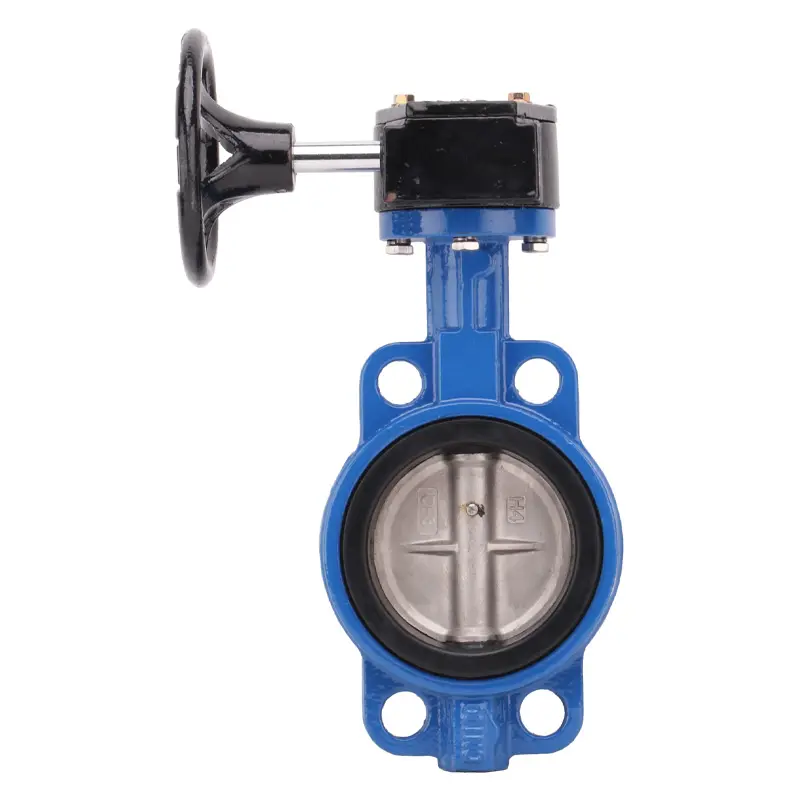Determining the required torque for operating a double eccentric butterfly valve involves considering several factors related to the valve’s design, operating conditions, and application requirements.
Here’s a general guide on how to determine the required torque:
- Valve Size and Type: The size and type of the double eccentric butterfly valve will influence the torque requirements. Larger valves generally require higher torque due to increased disc size and flow area. Additionally, different valve designs (e.g., wafer-style, lug-style) may have varying torque requirements.
- Operating Pressure and Differential Pressure: The pressure drop across the valve, as well as the operating pressure of the system, affect the torque required to open and close the valve. Higher pressure differentials may require more torque to overcome the resistance of the fluid flow.
- Flow Characteristics: Consider the flow characteristics of the media passing through the valve, including fluid viscosity, density, and velocity. Viscous fluids or fluids with solids may increase torque requirements due to increased friction and resistance.
- Seating and Seal Materials: The materials used for the valve seat and seal can impact torque requirements. Softer materials may require less torque for sealing, while harder materials may require more torque to achieve a tight seal.
- Temperature: Temperature variations can affect the viscosity and density of the fluid, Double eccentric butterfly valve china as well as the material properties of the valve components. Extreme temperatures may require adjustments to torque requirements to accommodate thermal expansion and contraction.
- Actuator Type: Determine the type of actuator used to operate the valve (e.g., manual handwheel, electric actuator, pneumatic actuator, hydraulic actuator). Each type of actuator will have its own torque capabilities and requirements.
- Valve Design Features: Some double eccentric butterfly valves may incorporate special design features, such as high-performance seals or reduced friction bearings, which can affect torque requirements.
- Manufacturer’s Specifications: Refer to the manufacturer’s specifications, installation manual, or technical documentation for the specific valve model. The manufacturer may provide torque charts or tables indicating the required torque for various operating conditions.
- Testing and Validation: Conduct torque testing or validation procedures during installation or commissioning to ensure that the actuator can safely and reliably operate the valve under normal operating conditions.
- Safety Margins: Consider adding safety margins or factors of safety to the calculated torque requirements to account for variations in operating conditions, wear and tear, and potential system changes over time.
By considering these factors and consulting with the valve manufacturer or a qualified engineer, you can determine the required torque for operating a double eccentric butterfly valve in your specific application.

How do you determine the required torque for operating a Double eccentric butterfly valve china?
